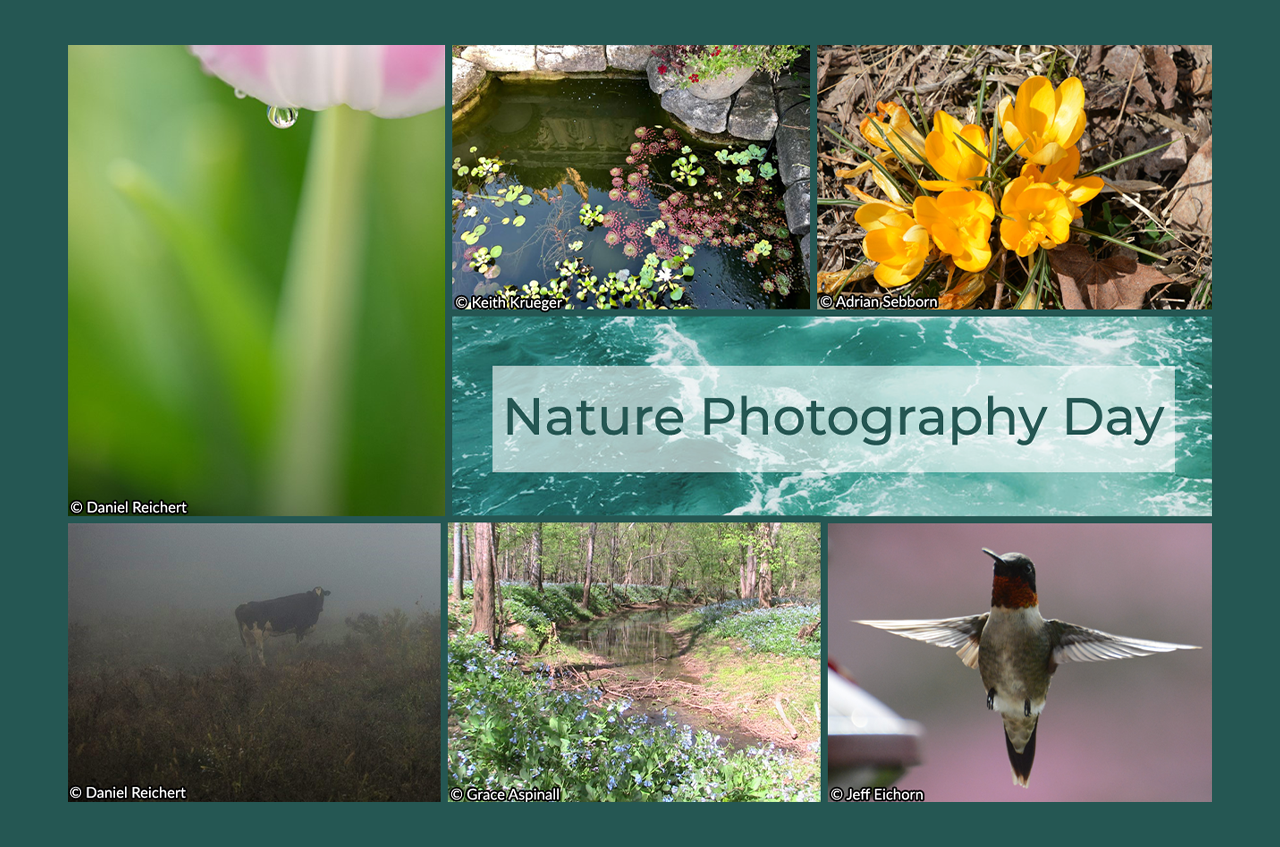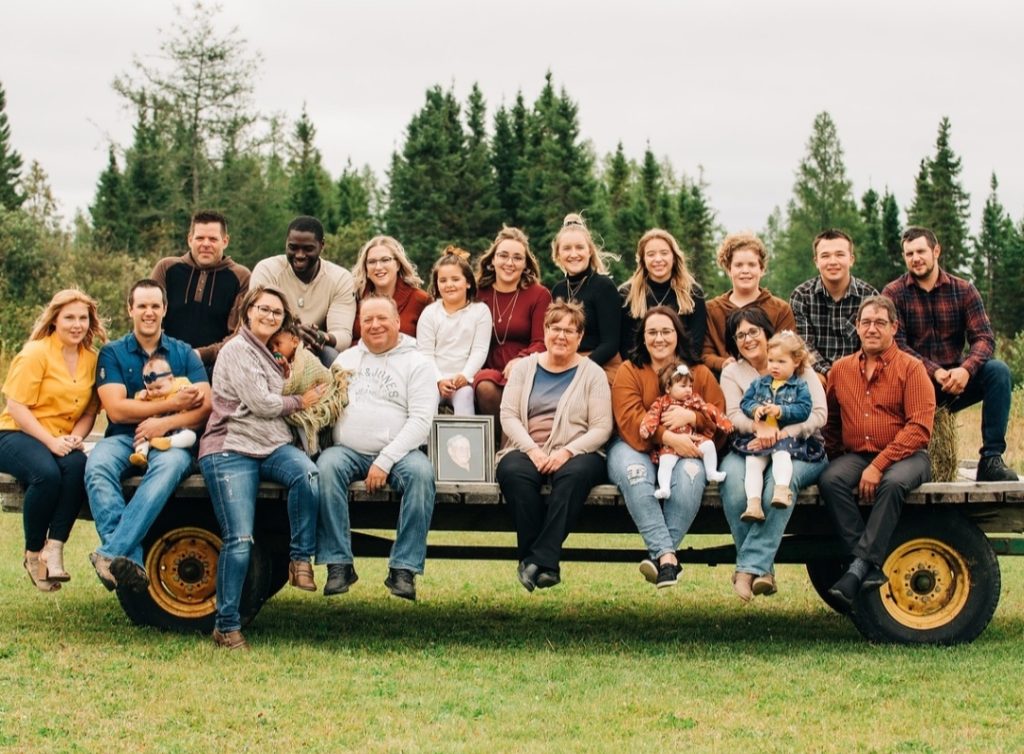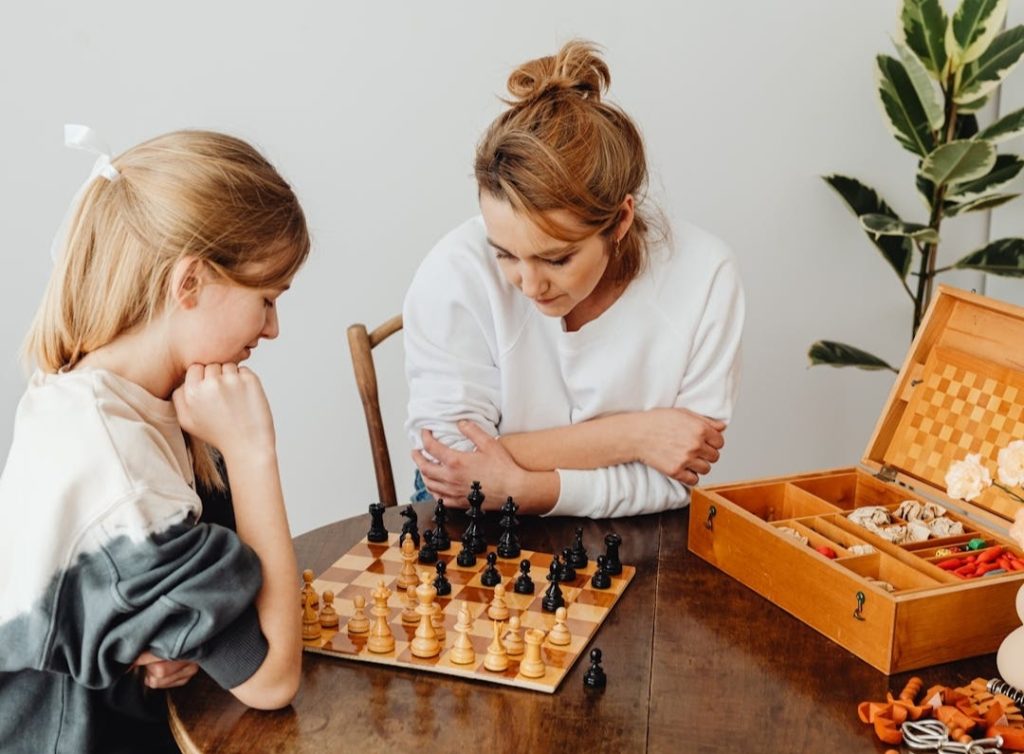The simplistic portion of Nature Photography Day celebrated on Tuesday, June 15 refers to landscapes and flowers where nothing is moving thus the photographer can often get a wonderful shot without worrying that Uncle Harry has closed his eyes or Billy put his hand up to make rabbit ears behind Susie’s head, as one does with pictures of people, especially groups.
Add wildlife to any nature photograph and the equation gets more and more complex.
“I do know that my best work comes when I’m not thinking too much. If I set out to take ‘great’ photos, I invariably disappoint myself. I do much better when I simply say, ‘I’m going out to take photos,’” states professional photographer Daniel Reichert.
Often people overthink what they want to photograph or put more activity into the camera rather than the subject matter. My friend Adrian says, “I never go looking for ‘the one;’ I go out into the garden every few days and take pictures of what I see.”
Daniel explains his photography philosophy as, “I don’t know if my attitude toward nature photography is particularly special or unusual, but I do know that I want to find something new in the familiar. I want to find intimacy – in flowers, animals, leaves, water, and even in majestic landscapes. Not that anyone’s asking, but my advice would be to look (but not too hard!) for whatever you love about nature – color, texture, patterns, light, shadow… The camera doesn’t matter; it’s your eye that matters.”
The time of day and the natural light provided remain important aspects of nature photography. A meadow, a stream, flowers along fence lines, and other subject matters of the photographer can easily appear very differently when viewed from early morning to midday or in the dusk of an approaching night.
Nature photography become increasing complicated when one seeks animals or birds because they can move, and it is easy to miss the perfect shot. Patience, once again, is the key. My cousin Jeff absolutely loves hummingbirds, and he spends a great deal of time photographing them which means he produces some very awesome photos. He says the secret to capturing the right shot is “patience and developing a relationship with them. Also having a camera capable of freezing their motion or taking 7 frames per second, and luck, help a lot.”
Adrian gives a detailed explanation on how he approaches nature photography. “I adjust the camera’s aperture rather than its speed. That determines the focal depth of the image. Most of my flower pictures show the flower with everything else out of focus. It makes the flower appear to be floating in air. That come from using a small aperture. The smaller the aperture, the slower the speed needs to be, but my subjects are not moving and so the speed is not so important.”
Some photographs will require adjustments in the lighting of the shot or reducing the original to a smaller version. However, it isn’t necessary to have a professional or expensive camera for some simplistic photos. My friend Keith explains, “From a photography perspective, I have been surprised at how good the camera is that I have on my iPhone. I do crop most pictures and typically do use the auto adjustment offered to improve lighting and contrast. I am clearly not a professional or even an advanced amateur as I am simply using the camera in my pocket.”
Personally, I take a lot of photographs, which is much easier and cheaper now that we have digital cameras. I’ve managed to capture some incredible nature photographs because I know how to frame them. Notice in my photo in the montage the trees give an outer edge to the photograph and the water both splits the vast array of blue bells and enhances them with the reflection. The foreground and small branches in the water give a bottom frame with details to further appreciate the carpet of blue along this branch off Bull Run in Virginia.
Depending on the subject matter, nature photography can be fairly simple when one can “see” what one wants to photograph, or it can be quite complex when a hummingbird is the subject. For non-moving subjects, many photographs using different settings or changing posture will help the photographer. For something as fast moving as a hummingbird, a sophisticated camera and a photographer who knows how to adjust the settings of an expensive camera is paramount; but also, you’ll need patience and planning to take perhaps 100 or 500 shots to finally get “the” shot.
Whatever readers may decide to do when tackling nature photography, please relax and have fun. And take a lot of photographs. It will enhance your photography trek immensely.
Her Nexx Chapter invites you to join our free Community where women are connecting with each other’s stories, exploring different experiences, and transforming ideas.
The Future of Connection for Women
Follow us:







